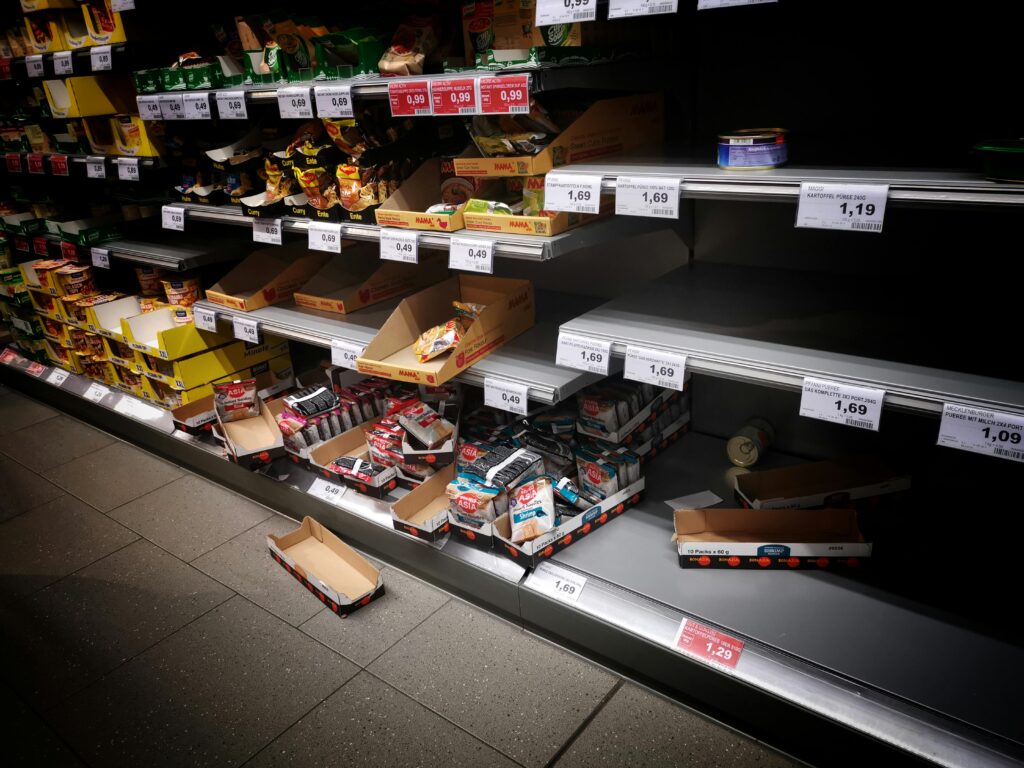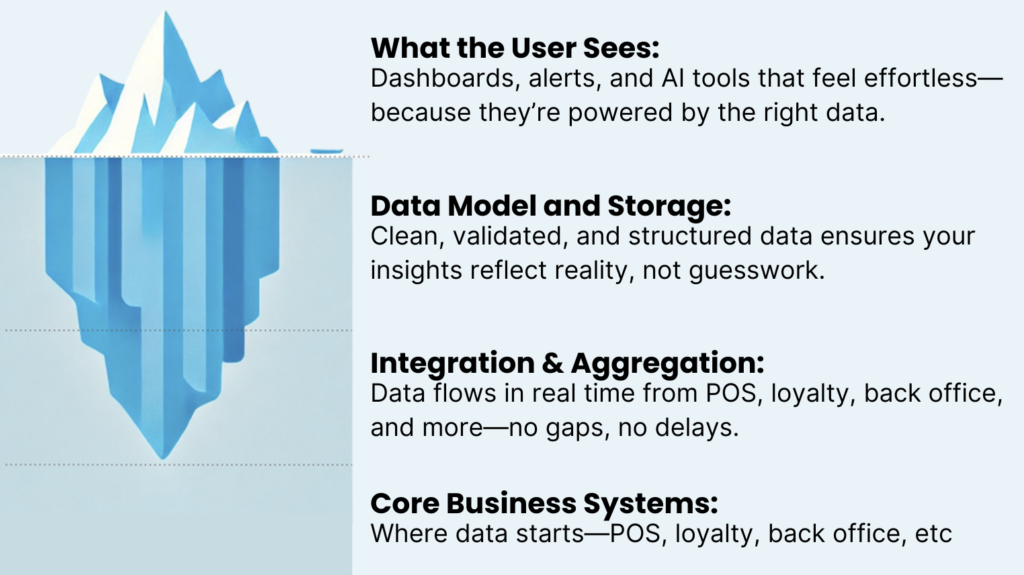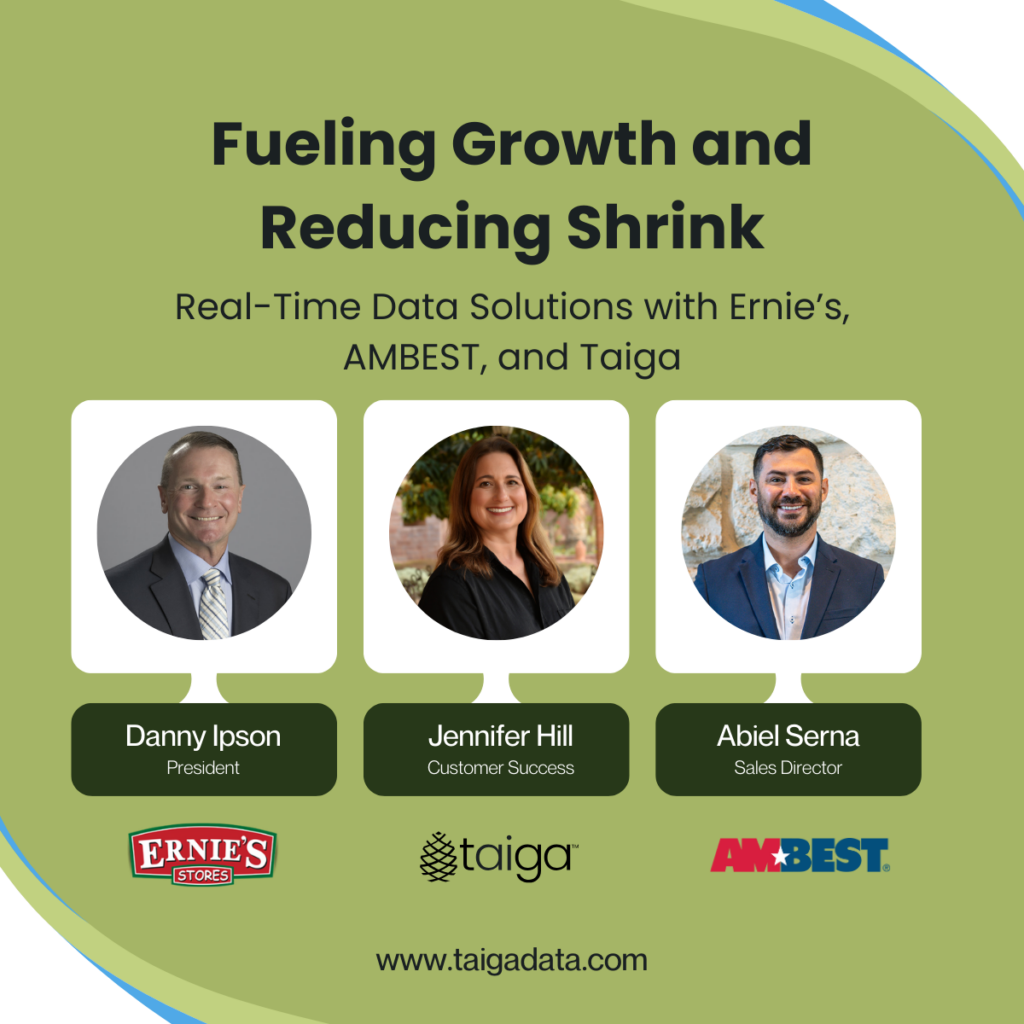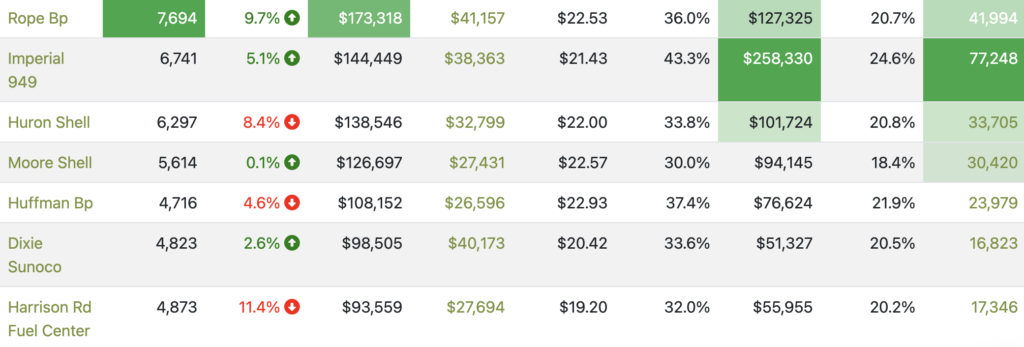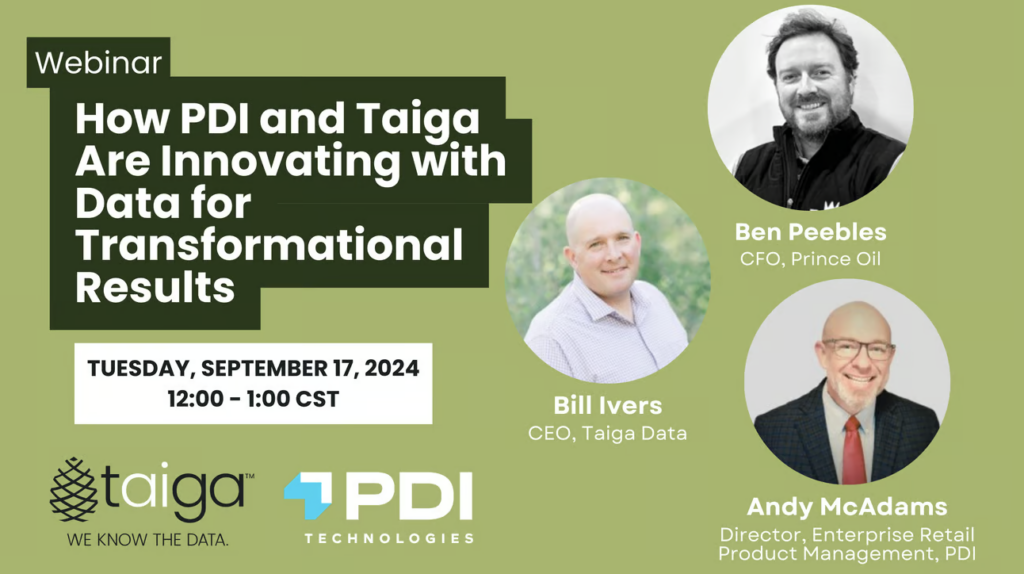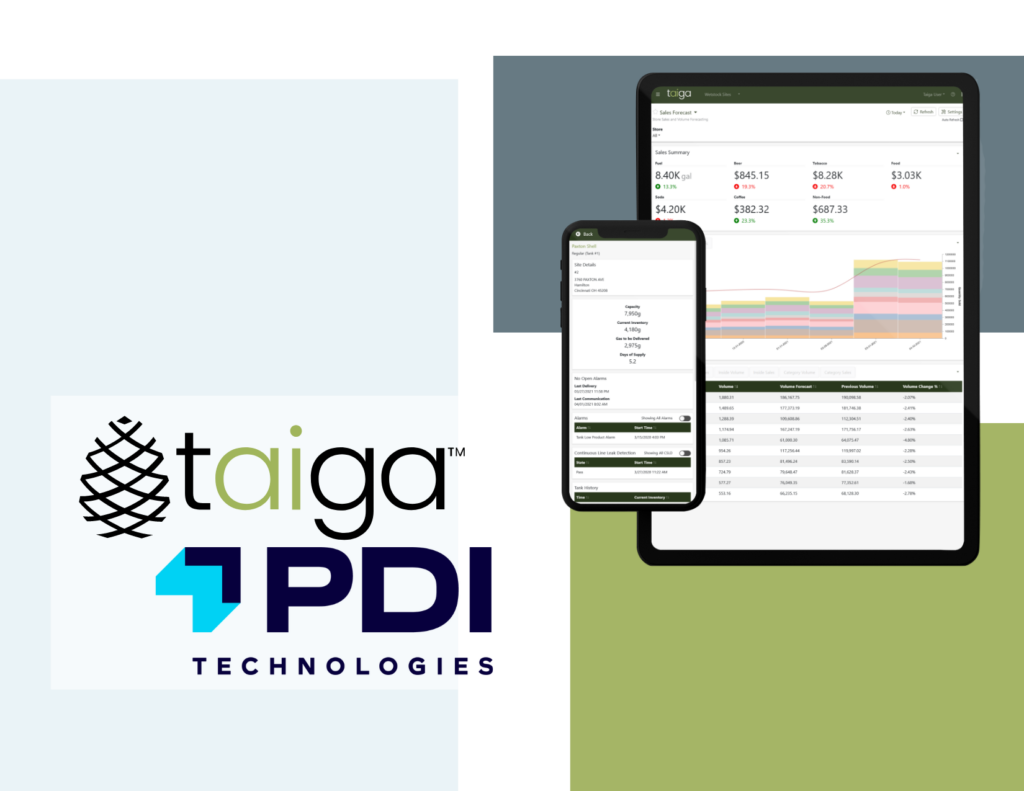
Why Data Infrastructure Should Be Your Next Technology Investment
The ROI of Data Infrastructure: Hidden in Plain Sight
“What’s the ROI of your system?”
It’s one of the most common questions we hear.
The honest answer is: the returns are real—but often invisible at first glance. They’re buried in the hours your team no longer spends writing SQL queries, manually reconciling reports, or prepping Excel sheets and Power BI dashboards.
And yes, we help our customers make smarter, faster decisions that improve store performance. But tying those results directly to a single platform is tough. Was it the new system that lifted performance? Or some other initiative?
This uncertainty causes many organizations to delay investing in foundational data infrastructure. If the current setup delivers “good enough” reports and your team can cobble together what they need, why prioritize something new?
AI Changes the Equation
Artificial intelligence has changed everything.
New tools are entering the market rapidly—tools that promise to forecast demand, optimize prices, streamline labor, and surface insights you didn’t know to look for. But here’s the catch: these tools are only as good as the data they consume.
If your data is fragmented, unclean, or inconsistently labeled, AI becomes little more than a buzzword. Its recommendations will be inconsistent at best—and actively misleading at worst.
Before you can use AI, your business must be ready for it. And readiness doesn’t start with hiring a data scientist or choosing a model. It starts with your infrastructure.
Data infrastructure is no longer a luxury—it’s a prerequisite. If you’re serious about leveraging next-generation technology, investing in the foundation is no longer optional. It’s the only way forward.
What “AI-Ready” Data Really Means
Building a solid foundation for AI means more than just centralizing your data. It’s about ensuring your infrastructure is trustworthy, resilient, and scalable. Here’s what that looks like in practice:
- Pipelines with Observability – Detect anomalies, schema drift, or missing files before they derail dashboards or corrupt models.
- Master Data Management Across Products, Stores, and Customers
Align labels like “Coke 12oz,” “12oz Cola,” and “Coca-Cola” so your AI sees a single product, not three. - Reference Data Consistency – Standardize how systems define voids, discounts, fuel types, and more to ensure apples-to-apples analysis.
- Metadata for Context and Accountability – Track lineage, freshness, and ownership so data—and the AI built on it—can be trusted and audited.
- Cataloging for Discovery and Scale – Make curated, governed datasets discoverable for business users and AI systems alike, without reinventing the wheel every time.
Build vs. Buy: The Critical Choice
If you’re ready to invest, you face one fundamental decision: Do you build your own infrastructure—or buy one that’s already built for your business?
Option 1: Build It Yourself
- Hire and retain experienced data engineers
- Build and maintain your own pipelines, governance protocols, monitoring, and data catalogs
- Invest years in internal R&D to achieve scalability and reliability
Option 2: Buy a Proven Platform Purpose-Built for C-Stores
Taiga’s Front Office Platform is a SaaS solution engineered for the complexity of convenience retail. It delivers a battle-tested foundation for AI and advanced analytics, without the multi-year buildout. With Taiga, you get:
- World-class engineering talent with deep c-store integration and legacy system expertise
- Pre-built connectors across major operational and transactional systems
- Embedded observability, governance, and metadata management baked into the platform
- Minimal IT overhead and rapid time to value, enabling your team to focus on insights, not infrastructure
- Real-Time Advanced Analytics – Mobile friendly, role-specific dashboards that deliver the insights your team needs, anytime, anywhere
- A dedicated Client Success team that drives user education, adoption, and ongoing support


